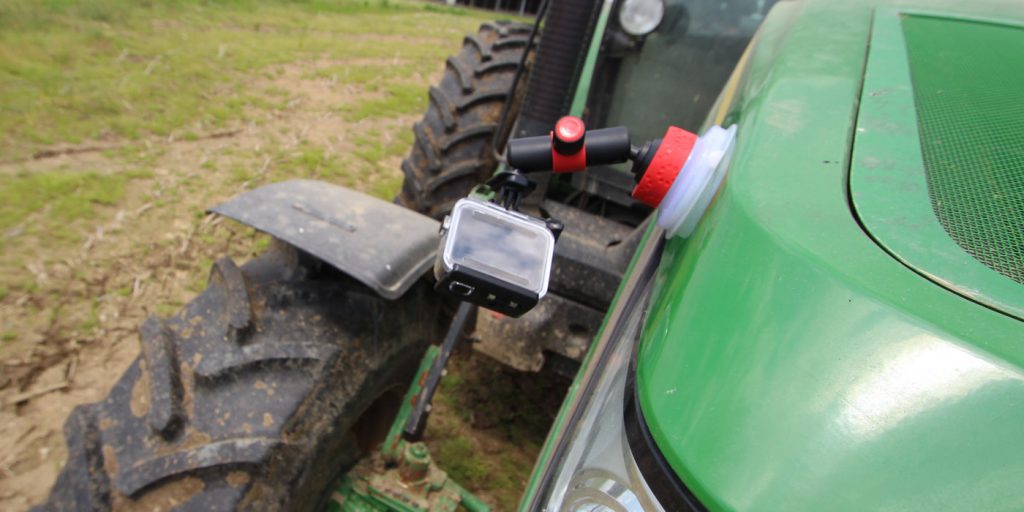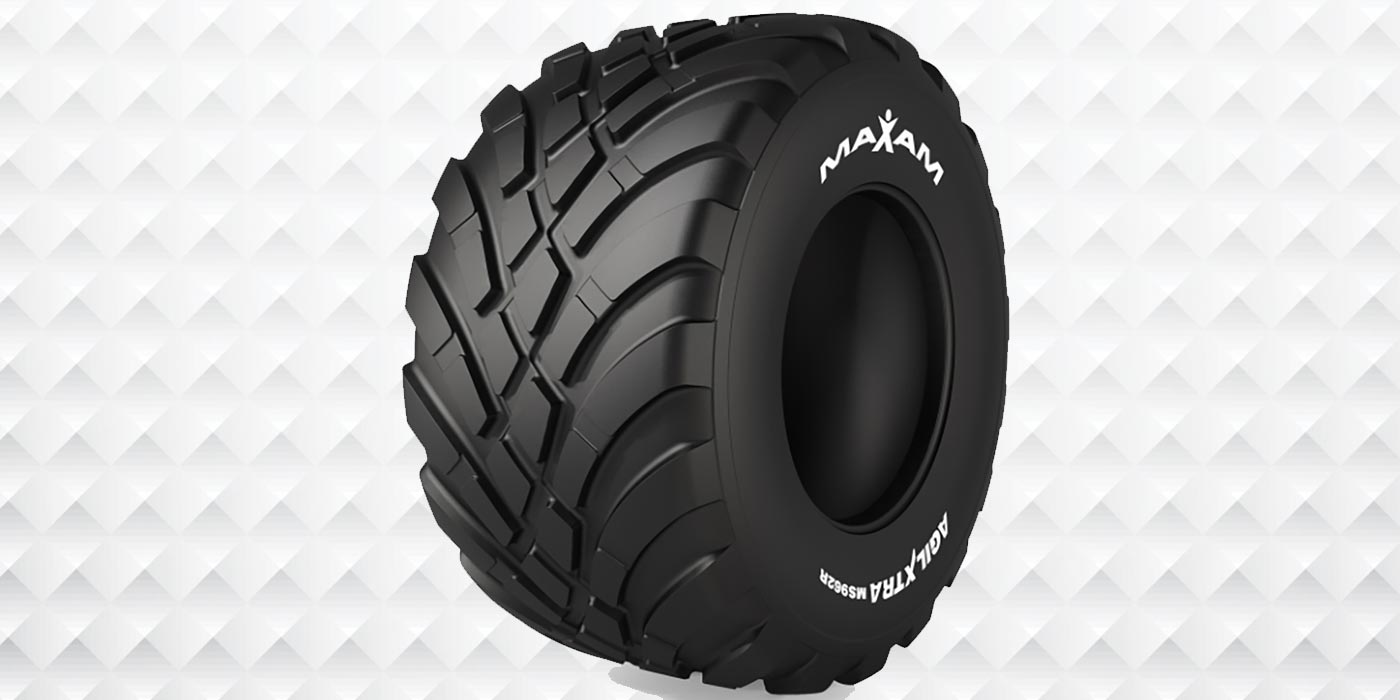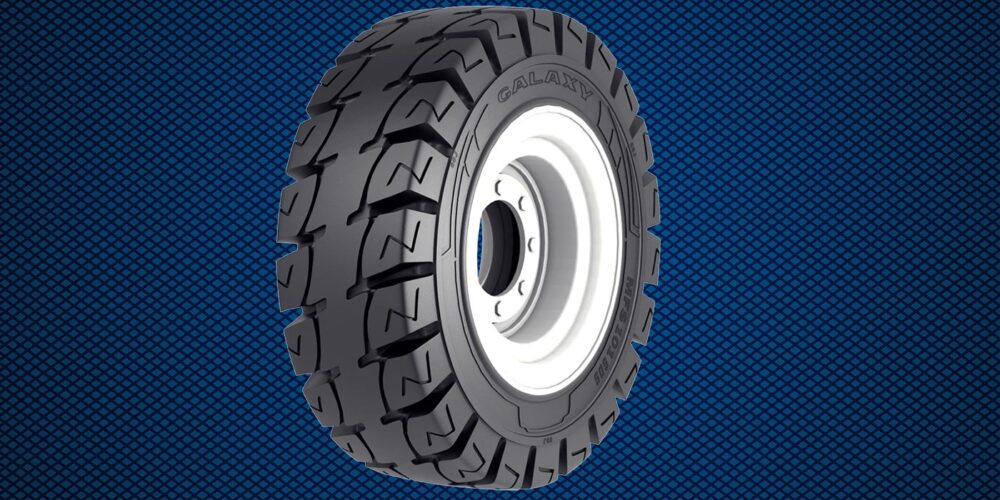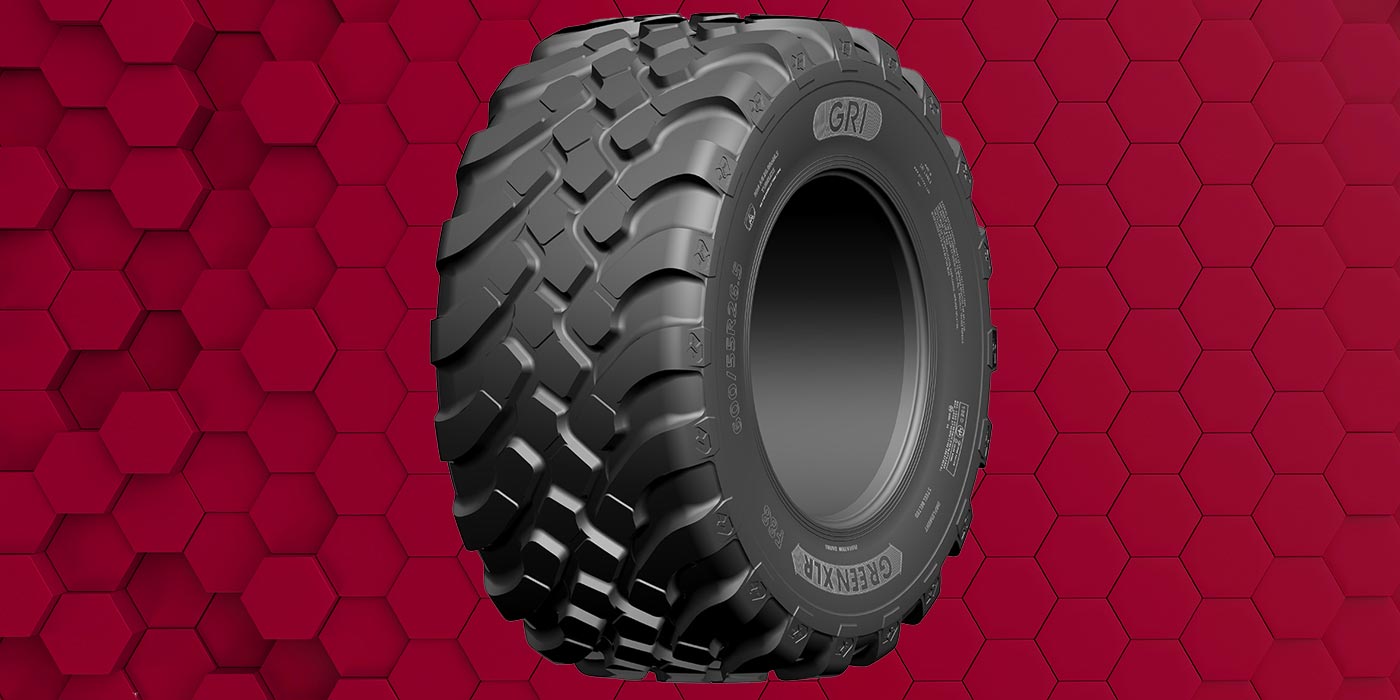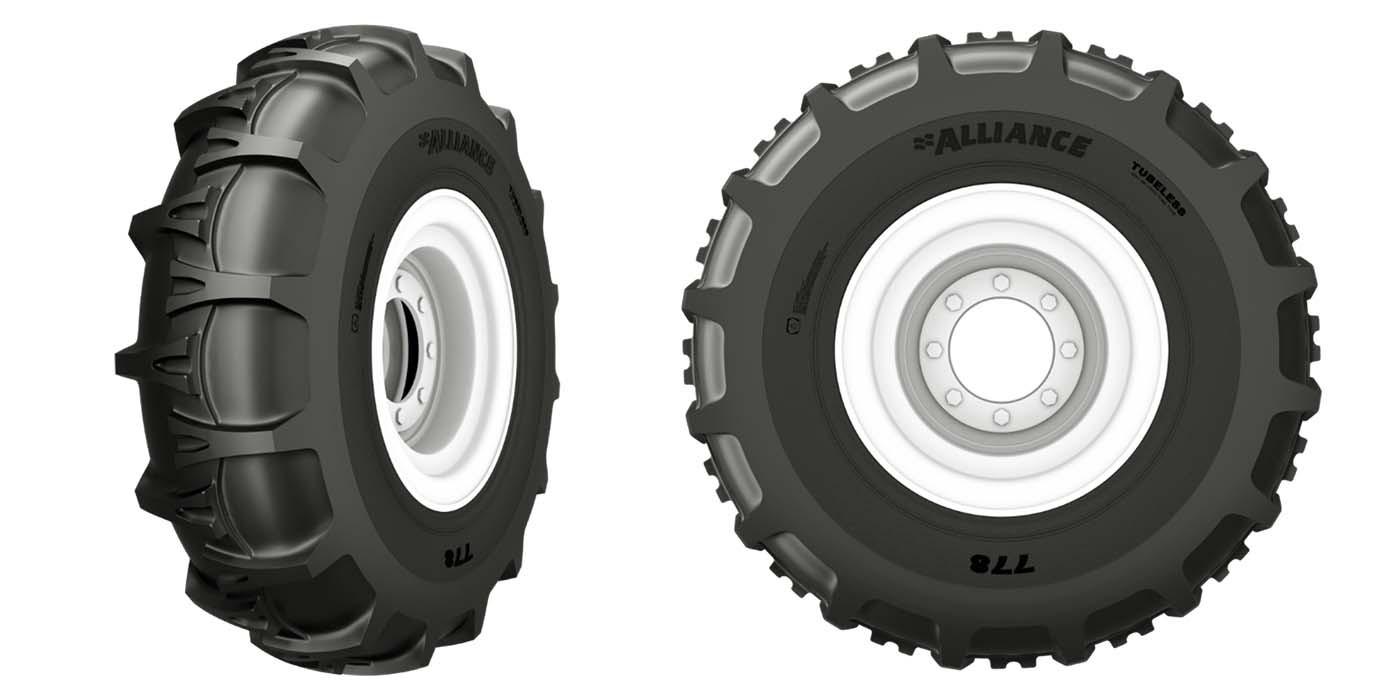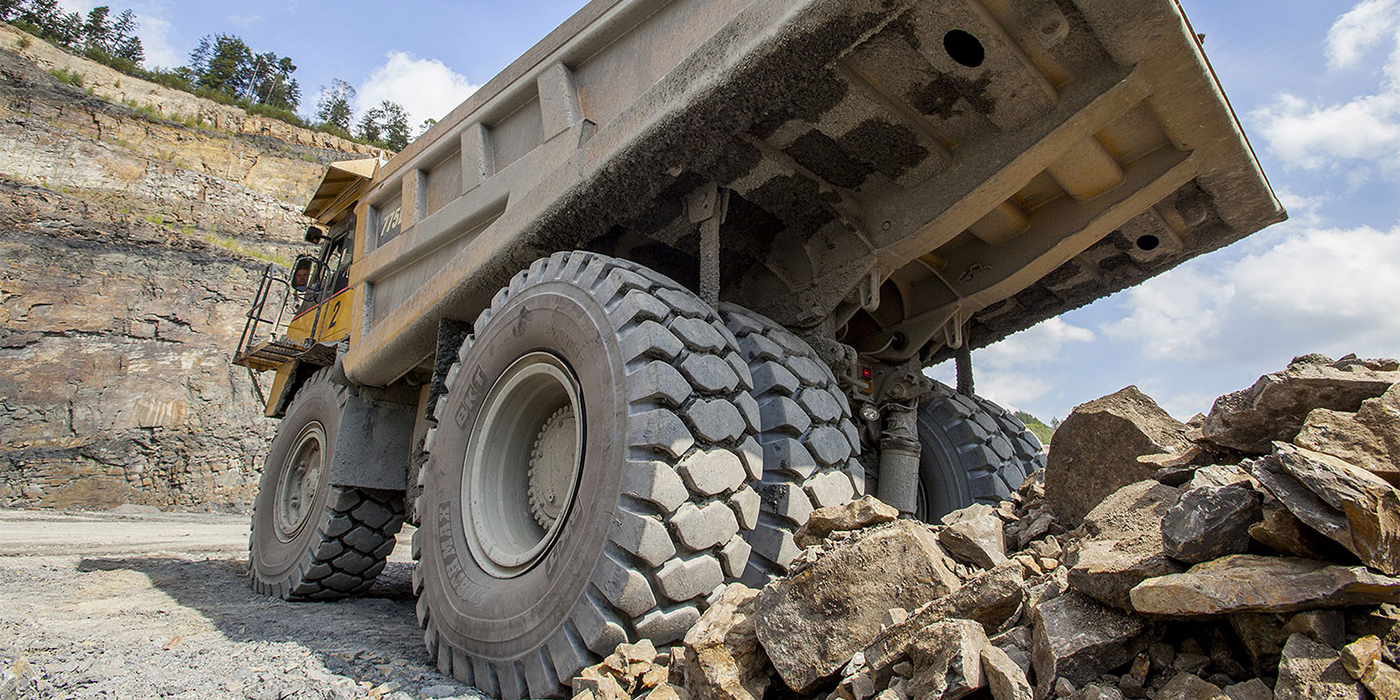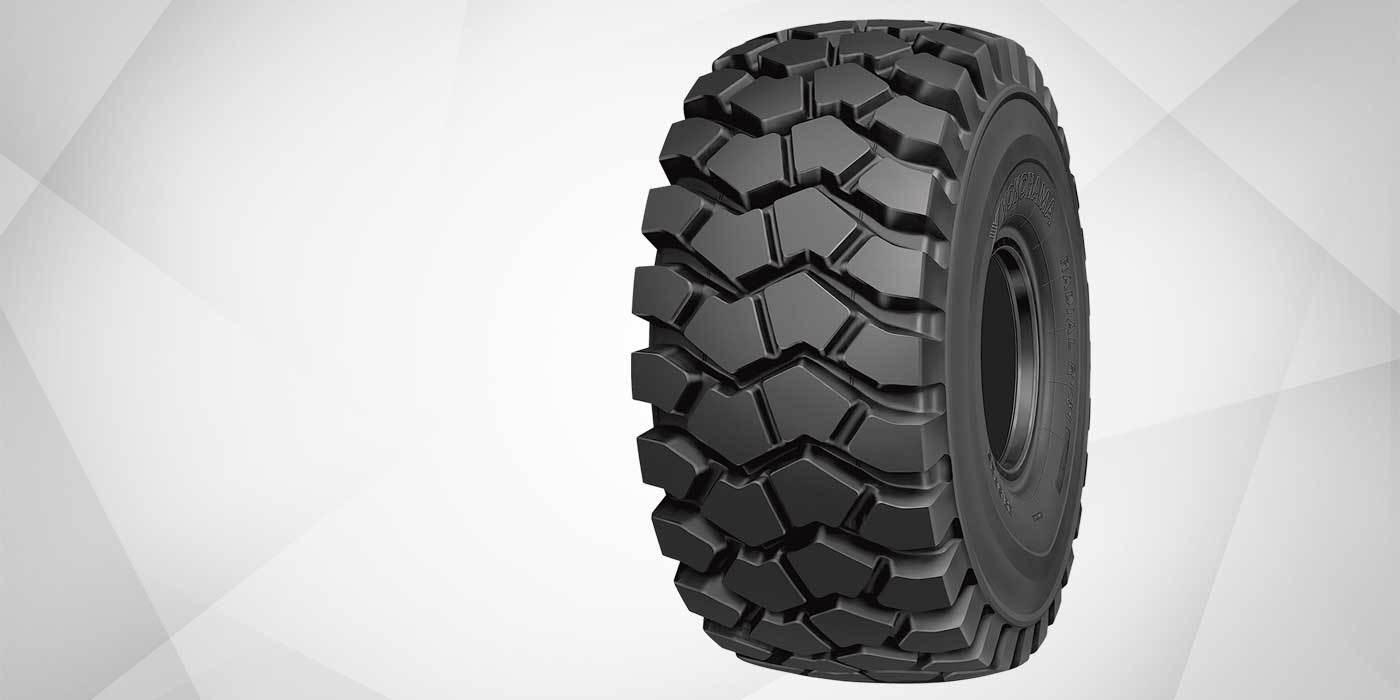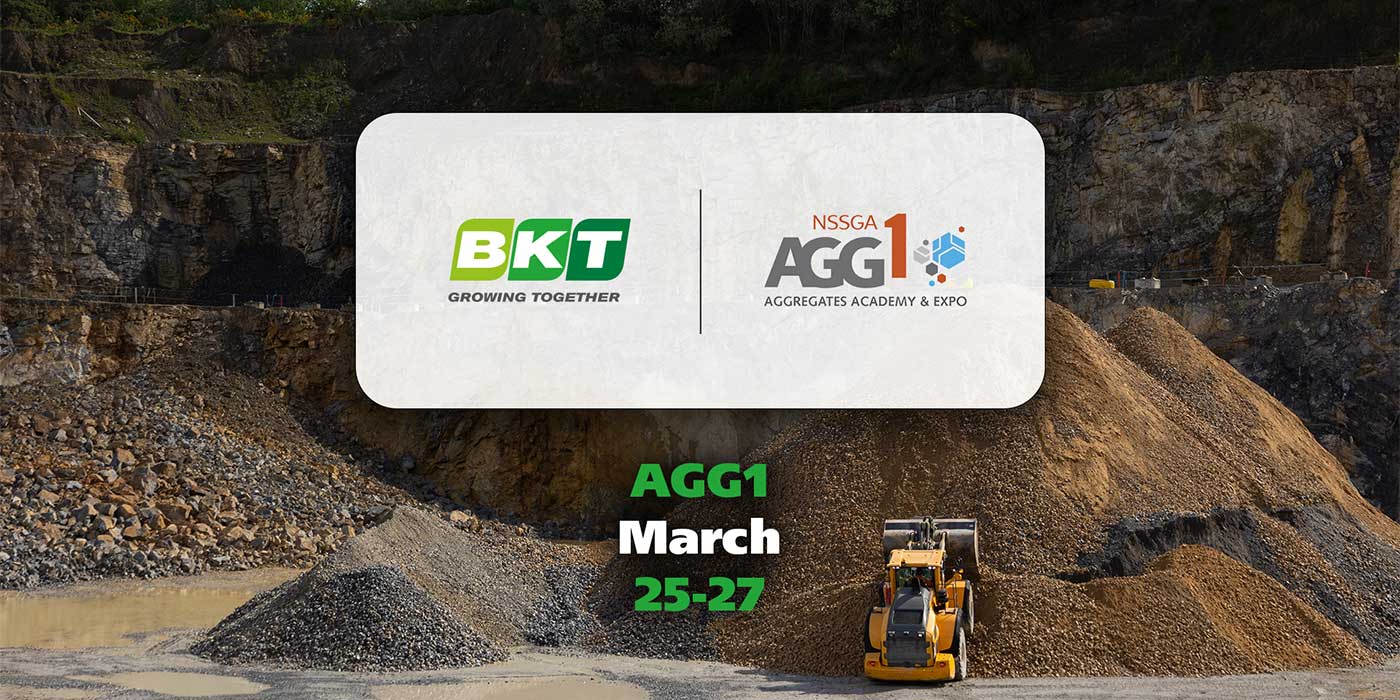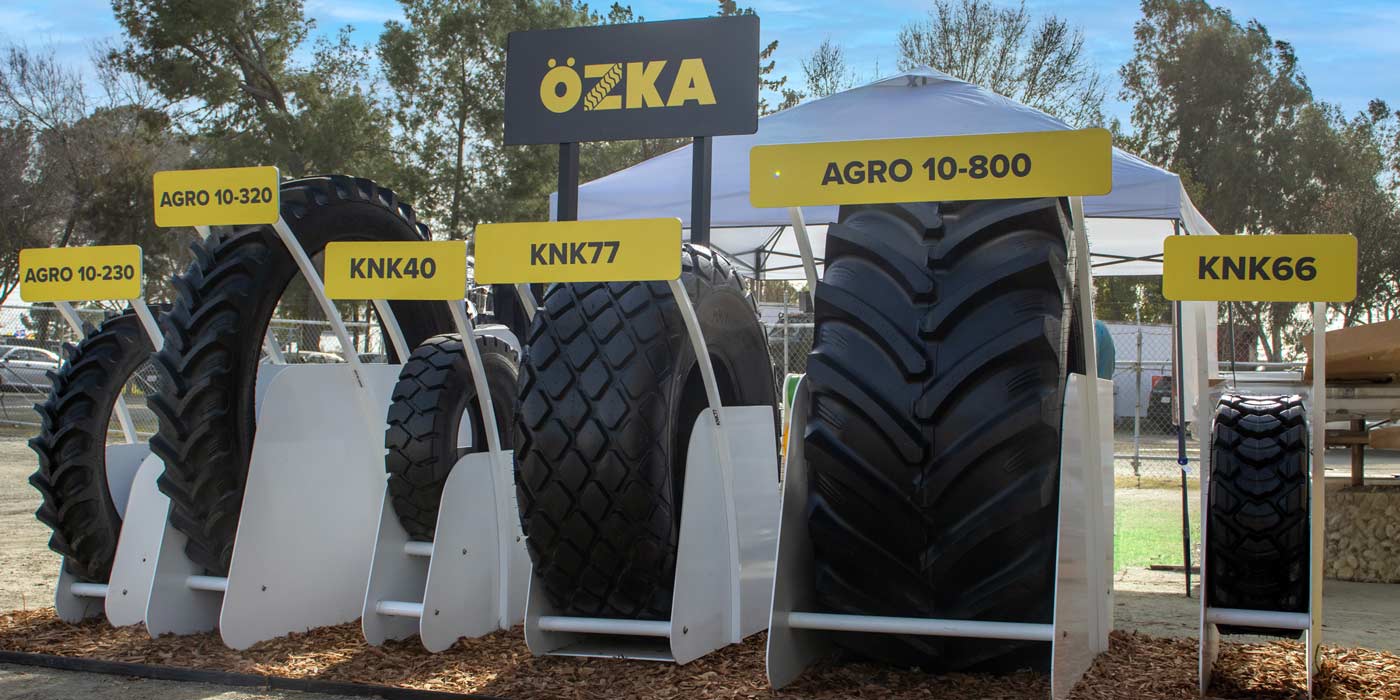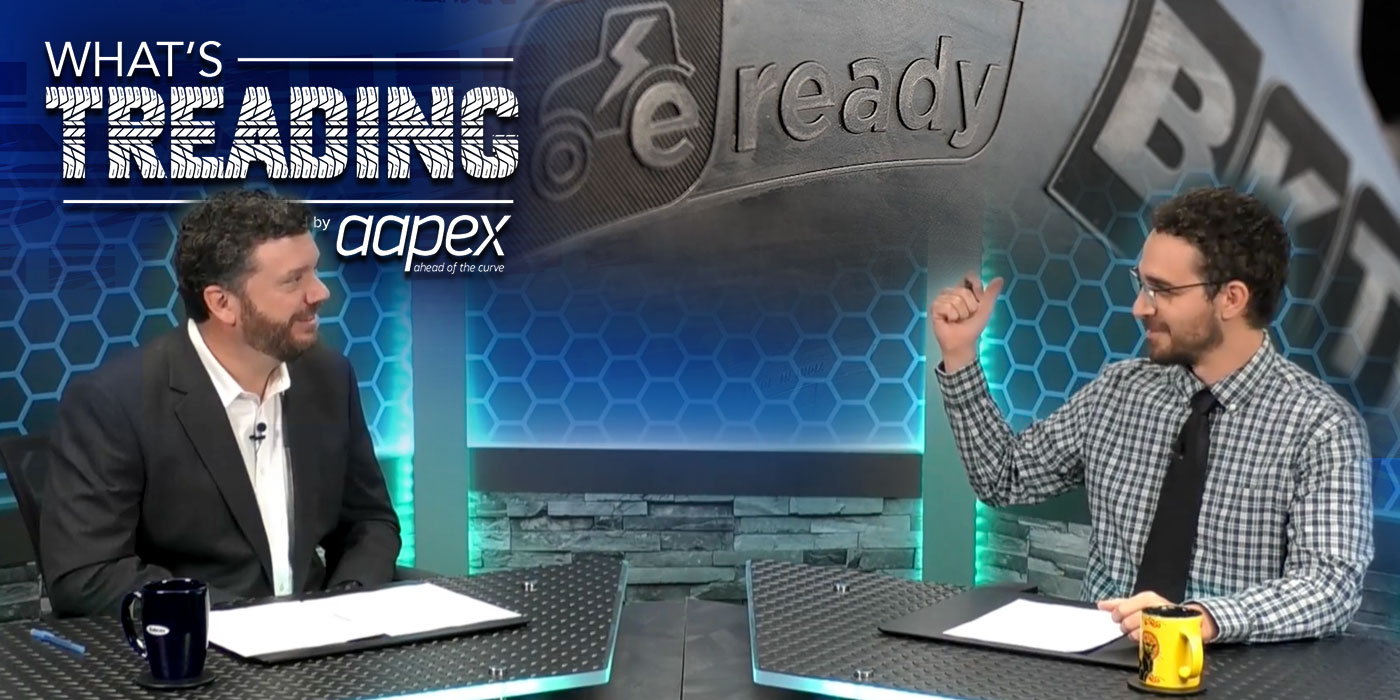There are many things to take into consideration when helping your ag tire customers make the right tire selection. Ask these four questions to help guide them in the right direction:
- What is your application?
- What is your needed load-carrying capacity?
- Is compaction a concern?
- What is your timeline?
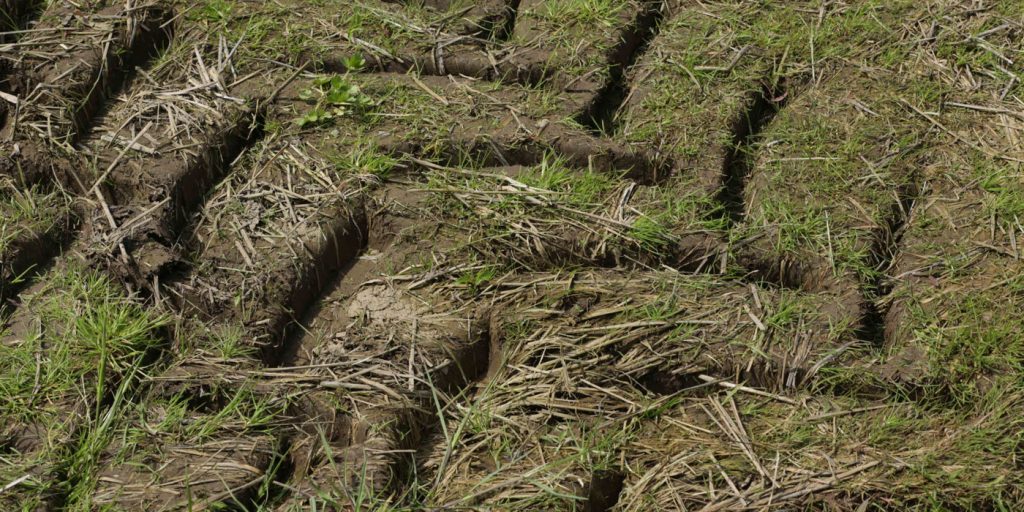
More Traction, Less Compaction
If the application requires high traction, you should recommend radials; the same applies for reducing compaction.
The type of radial you recommend depends on the application, load-carrying capacity needed and required speed. If high speed (above 25 mph) is required, you need a “D-” rated or 40 mph-rated tire. If the standard radial does not have an adequate load-carrying capacity required for the most demanding application, which is quite often when roading equipment at the highest speeds, you should look to the increased flexion (IF) and very high flexion (VF) options.
The IF radials carry about 20% more load than standard radials at the same inflation pressures. The VF radials carry about 40% more load than standard radials at the same inflation pressures.
Conversely, these high-tech tires can carry the same loads as standard radials with reduced-inflation pressures. If you want to run the lowest inflation pressures you can to help minimize compaction, the IF and VF options will provide the best opportunities to achieve your objective.
The primary objective should be to identify the best product for your customer’s application. Does the specific application require increased load-carrying capacities, high-speed capabilities, maximized traction, flotation—or does it just need to hold air for the application? An analysis of the application and features required by the customer should drive your recommendation.
One fact is for certain—placing an ag tire into service when it does not have the load-carrying capacity or the speed rating required will lead to tire damage and, ultimately, tire failure.
The Bias Option
Bias tires might be an alternative, but they do not provide the benefits of radial technology. If your customer wants the best traction possible, improved efficiency, larger footprints, reduced compaction, a better ride, or any of the above, you need to stick with radials. Bias ag tires do not deliver these improved features due to the carcass design. Another very important factor is the service life of a comparable radial, which is about 30% longer than the bias.
If your customer just needs a tire that holds air, the bias design might be the right choice.
R-1 or R-1W and Tread Depth
The difference between the R-1 and R-1W is the tread depth. The “W” designation stands for “Wet” and has approximately 25% deeper tread depth. Remember this is an estimate. The reality is that when comparing tread depths between different product lines from the same manufacturer or from different manufacturers, there are most likely other design differences than just the depth of the tread.
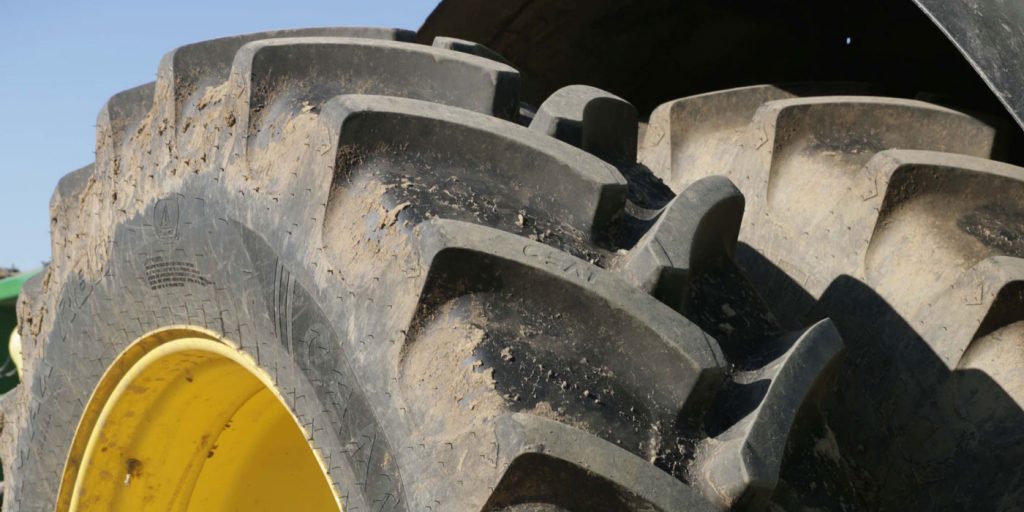
The Best Product for the Application
The primary objective should be to identify the best product for your customer’s application—period. Making the best choice can only be achieved by identifying the application, as well as the features and benefits that are needed or required.
Does the specific application require increased load-carrying capacities, high-speed capabilities, maximized traction, flotation—or does it just need to hold air for the application? An analysis of the application and features required by the customer should drive your recommendation—whether that is bias, radial, high speed, flotation, row crop, IF, VF or even IF CFO (cyclic field operation) product lines, among others.
Tread depths enter into the buying decision when the equipment is operating only in dry conditions or is not utilized in applications requiring maximum power to the ground or other high-performance features.
Tread depths enter into the buying decision when the equipment is operating only in dry conditions or is not utilized in applications requiring maximum power to the ground or other high-performance features.
No farmer plans to operate their equipment in wet, muddy conditions, but when they have to, they would be better served with R-1Ws over R-1s due to the additional traction the deeper lugs can provide. It’s much better to be prepared with the deeper tread depth radial tires for wet conditions because down time during harvest season can really hurt the bottom line.
Above all, ask your customers the right questions. A farmer or rancher who steadfastly trusts your advice can become a lifelong customer.
Check out the rest of the February digital edition of Tire Review here.

